
Comic books often feature historical figures, though it can be tricky when dealing with living individuals or their relatives due to potential legal issues. However, the results have been intriguing as these characters from our shared history have been reimagined in the comic book universe. Some of these depictions are expansions on fictional versions of real-life personas, while others add a new layer to already renowned lives.
In many instances, we see iconic historical figures playing significant roles in the vast comic book universe. Is Reed Richards the first brilliant mind to encounter Galactus? Definitely not. Contemporary authors have been creative in integrating real-world history, adding layers of complexity to the realm of superheroes. Even in the early comic book era, it wasn’t unusual for Superman to encourage people to purchase war bonds or for Captain America to continue troubling the Nazis long after the war had ended. Given this context, we thought it was fitting to examine some of the most influential comics that feature historical figures. Some embody heroism so profoundly that they set the standard for those who would follow in their footsteps.
1) Isaac Newton
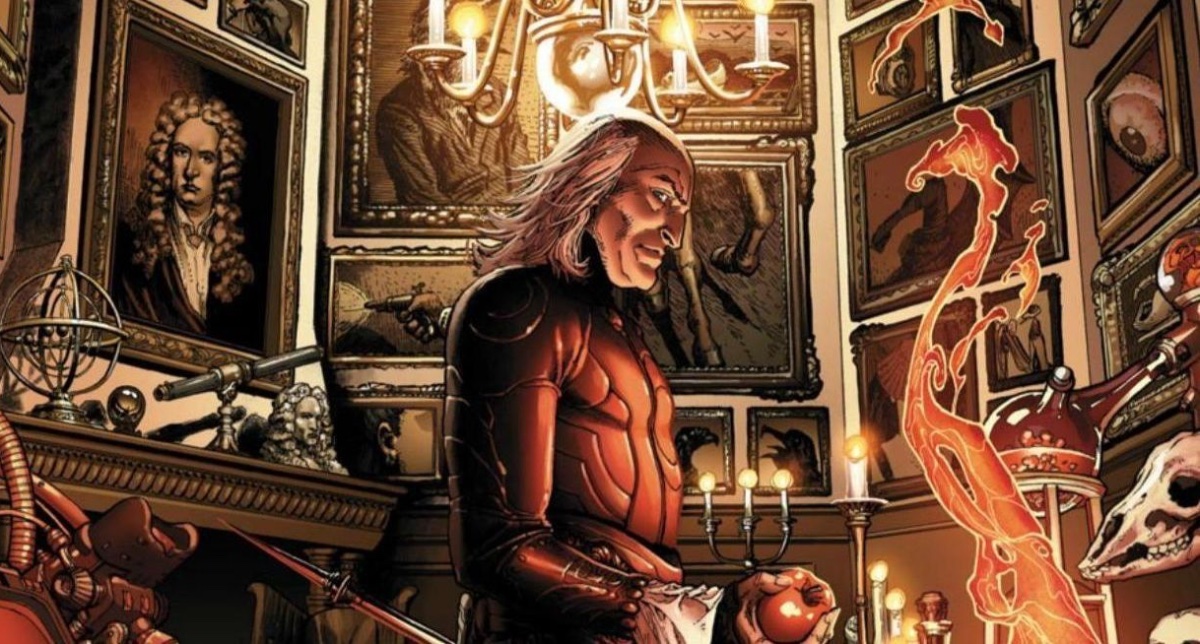
Isaac Newton, an influential figure during the Enlightenment and a significant contributor to modern science, is often recognized as one of history’s greatest thinkers. However, in the Marvel Universe, as introduced by Jonathan Hickman in the series ‘S.H.I.E.L.D.’ during the 2010s, Newton is depicted differently. He remains a brilliant mind, but he’s also linked to the creation of Hydra, making him a villain. This storyline is complex and packed with details, but it shows how Newton rises within the Brotherhood of the Shield and ultimately contributes to the formation of Hydra, earning him a place among formidable Marvel villains like Doctor Doom. Some entries on this list share origins from the same story, and that’s because it skillfully combines Marvel mythology with real-life historical figures, thus extending the universe beyond the 20th century in a manner that pays tribute to Stan Lee and Jack Kirby by adding depth and complexity to their creations.
2) Leonardo Da Vinci
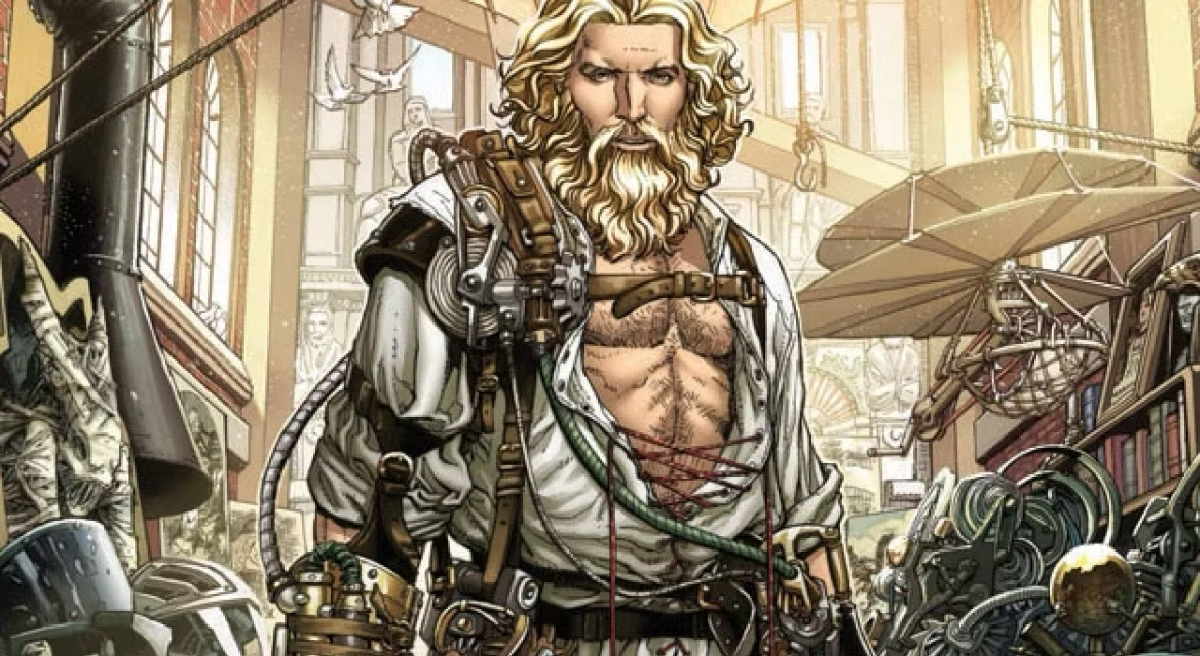
In an intriguing twist, instead of succumbing to his 16th-century demise, Leonardo Da Vinci, unexpectedly reappears from a space voyage, challenging Newton’s Spear. He assumes command once again over the Brotherhood of the Shield, an organization he founded. It was discovered that his death was staged using a rudimentary Life Model Decoy. In the heart of Rome, Da Vinci constructed the Immortal City, serving as the Shield’s headquarters during his prolonged existence. Even amidst the Secret Empire storyline, he remained active, even taking measures to refashion S.H.I.E.L.D., recruiting influential figures and geniuses to fill key positions. In essence, Da Vinci embodies a fusion of intellects, similar to Reed Richards and Tony Stark, reflecting the influence of Nathaniel Richards and Howard Stark within the narrative.
3) Nikola Tesla

In the comic, Nikola Tesla, who was initially part of a group known as the Brotherhood, broke away due to Newton’s authoritative methods. In this depiction, he is associated with the Tunguska Event and is often portrayed as a mad scientist. Embracing this image, he designs an electric suit that he wears as the Night Machine. While quite different from his real-life persona, this characterization seems fitting for Tesla in this context. His suit taps into quantum energy, reflecting Tesla’s theories on directed-energy weapons.
4) Galileo/Zhang/Imohotep
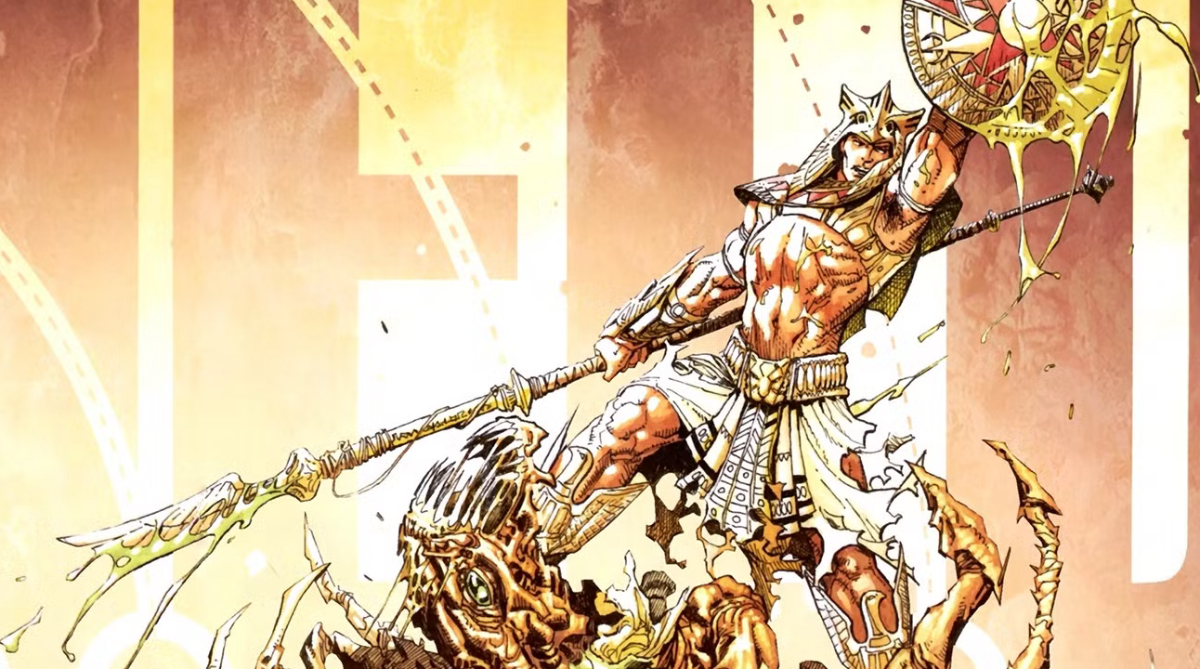
In conclusion, a close examination of S.H.I.E.L.D. introduces a threesome who have a brief appearance at the beginning of the narrative. The origins of the Shield Brotherhood are established through Imhotep’s fight against a Brood infection in ancient Egypt, accompanied by Apocalypse and an early iteration of Moon Knight. Later, we catch a glimpse into 1st century China where Zhang Heng converses with the Celestial Madonna to prevent her from destroying Earth by giving birth within the Sun instead. Lastly, Galileo Galilei assumes the leadership role in the Brotherhood and confronts an early attack by Galactus. Overall, it’s a delightful series.
5) Adolf Hitler
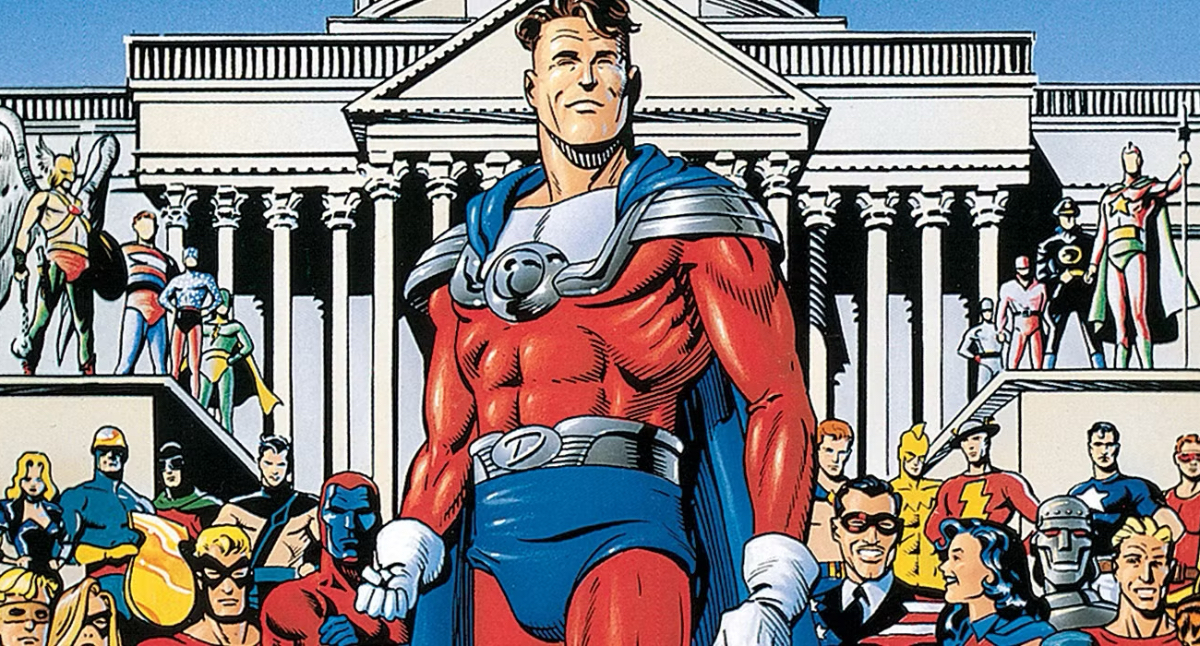
In other comic universes, Adolf Hitler has made multiple appearances, with one of the most iconic instances being when he was punched hard by Captain America on the cover of the first issue of “Captain America” in 1941. However, I personally believe that his best comic portrayal is found in “JSA: The Golden Age.” This alternate universe story revolves around the original Justice Society of America and the All-Star Squadron after World War II. In this tale, Dan Dunbar, who later becomes Dynaman, is enlisted for a clandestine project. During this secret experimentation, Hitler’s brain is transplanted into Dunbar’s body, transforming the Nazi leader into a superhuman beast. This monstrous Hitler stands his ground against the Justice League of America until he is ultimately defeated by Liberty Belle.
6) Vlad Dracula

Exploring the historical roots and narrative developments for the figure known as Vlad Tepes Dracula, who served as inspiration for the infamous Romanian ruler. This historical character found prominence in Marvel Comics, notably in Tomb of Dracula, and subsequently developed a distinct identity within the Marvel Universe. Over the years, this Dracula engaged in conflicts with various characters such as the X-Men. In the latest Blood Hunt saga, this version resurfaced, pursuing the traitor lurking among his ranks. Similarly, DC Comics offers an intriguing portrayal of Dracula through Red Rain, transforming Batman into a dark vigilante figure battling crime at night.
7) Richard Nixon

In 1974, the unnamed former U.S. President was exposed as the head of a rogue Hydra faction called the Secret Empire. Known as “Number One,” this character attempts to tarnish Captain America’s image until he clashes with the patriotic hero. Contrary to history where Nixon resigned in disgrace and lived on, the villainous counterpart reveals his identity before ending his life in defiance against Captain America. What makes matters worse is that this confrontation leaves Captain America questioning his allegiance to the U.S., leading him to renounce his American citizenship and adopt the persona of Nomad.
8) Albert Einstein
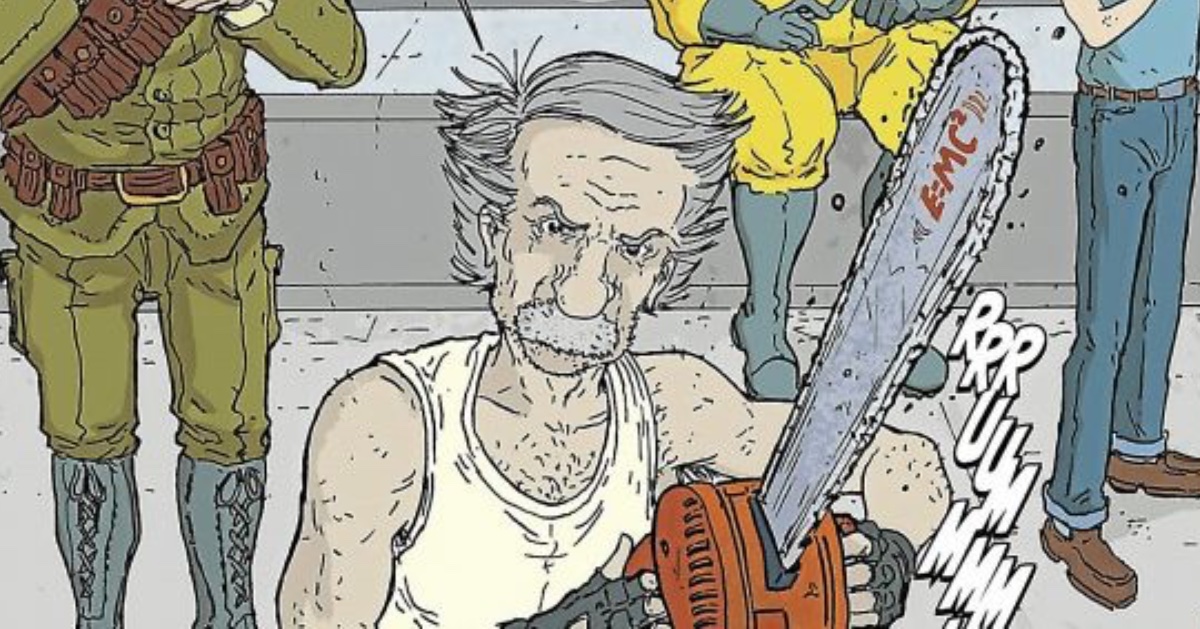
In the comic series “Manhattan Projects,” the renowned physicist finds himself in an ideal scenario to showcase his abilities, once more penned by Jonathan Hickman. This series presents a fascinating twist on history as it portrays the Manhattan Project not just as a nuclear research endeavor, but as a broader experimental and creative initiative. In the storyline, an alternate universe is uncovered, where Einstein encounters his counterpart and swaps places with him. The inebriated version of Einstein takes over our familiar image of him, while the actual Einstein journeys through the alternate dimension and develops a harsh, primitive side upon his return.
9) Laika
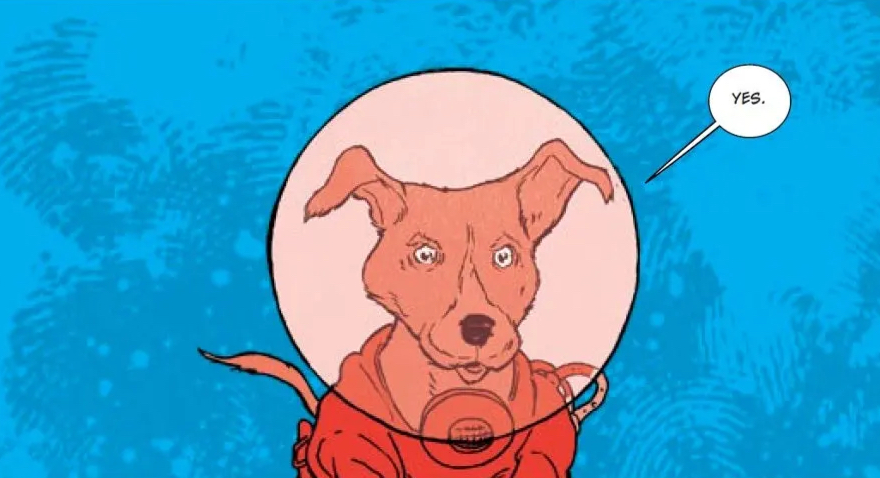
In an upcoming sequel series titled “Beyond the Stars”, the unfortunate space traveler dog, Laika, will receive a fitting conclusion from its initial space voyage. During their time in space with Werner von Braun, Yuri Gagarin developed a bond with the dog that grew stronger upon their encounter. In this new version of events, Laika can now speak and communicate, and eventually takes on a more human-like form. This reimagining primarily honors Laika’s memory, as its real-life fate was unjust. It is heartening to see Laika continue to be celebrated in popular culture.
10) John Lennon
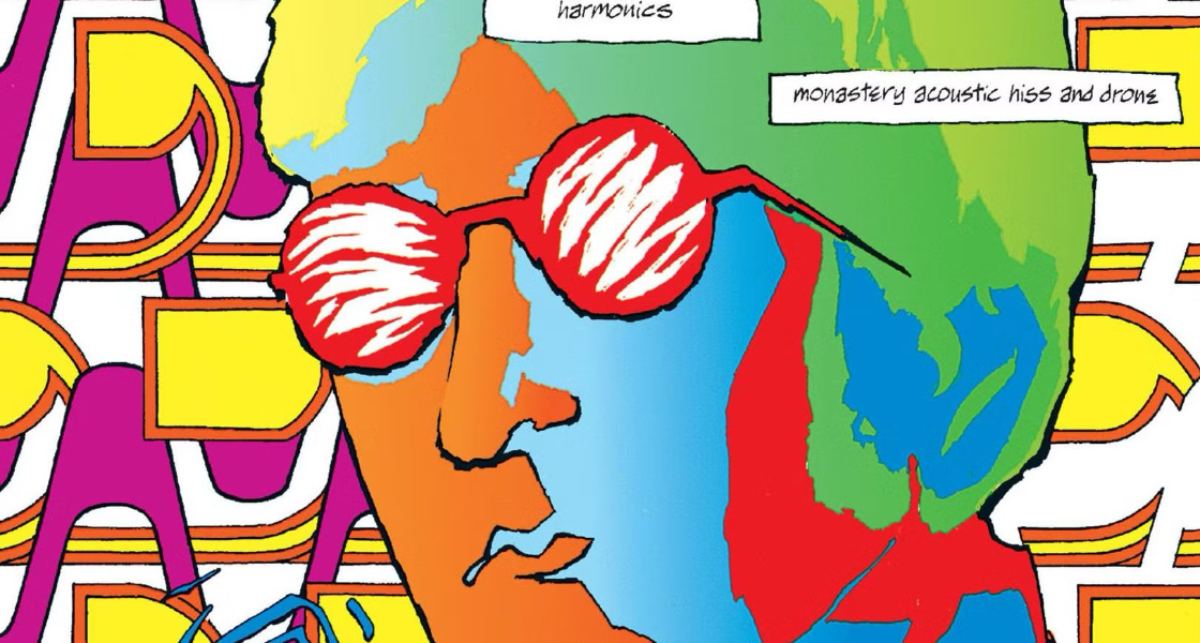
In “The Invisibles,” John Lennon is portrayed as a transcendent, trippy deity, drawn from the real-life encounters of author Grant Morrison. As he put it, he aimed to pay tribute at the beginning of a new phase in his life in many ways, invoking a spirit of unadulterated psychedelic creativity into a world reminiscent of Lennon. The outcome was that Lennon had a tangible impact on the book, its creator, and the characters, with Morrison describing it as most closely resembling the imagined Lennon from “Revolver” and “Sgt. Pepper.” In essence, he characterized him as a psychedelic deity under the influence of acid. This portrayal is a significant improvement over being solely recognized for his problematic ego.
https://comicbook.com/comics/news/superman-clark-kent-secret-identity/embed/#
Read More
- Ashes of Creation Rogue Guide for Beginners
- ARC Raiders – All NEW Quest Locations & How to Complete Them in Cold Snap
- Best Controller Settings for ARC Raiders
- Ashes of Creation Mage Guide for Beginners
- Where Winds Meet: How To Defeat Shadow Puppeteer (Boss Guide)
- Where Winds Meet: Best Weapon Combinations
- Fishing Guide in Where Winds Meet
- Eldegarde, formerly Legacy: Steel & Sorcery, launches January 21, 2026
- Hazbin Hotel season 3 release date speculation and latest news
- Netflix’s One Piece Season 2 Will Likely Follow the First Season’s Most Controversial Plot
2025-07-10 18:41